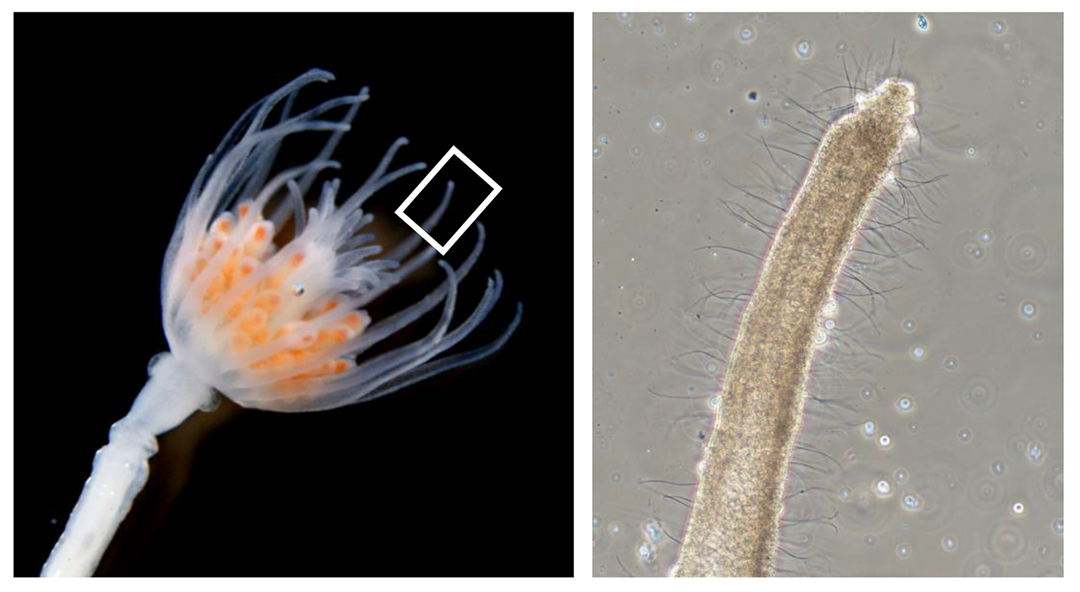Biofouling on fishfarm nets is removed regularly by in-situ net cleaning. During net cleaning, the biofouling organisms and fragments thereof are released into the water where they can come into contact with the fish. Laboratory experiments have shown that particles of the ubiquitous biofouling hydroid Ectopleura larynx can injure the gills, where the damage is visible for up to 7 days. However, the impact of cleaning waste released during net cleaning and the extent of the exposure have not been verified in field experiments.
Current analyses of gill health rely on histological samples to assess gill pathology. In addition, the presence of harmful organisms on the gills such as Paramoeba perurans, the causative agent for amoebic gill disease (AGD), can be detected and quantified using genetic markers. The advantage of such an analysis using genetic markers is that no destructive sampling is needed.
This project aims to develop a similar non-destructive method using genetic markers for the assessment of the impact of cleaning waste.
During the main biofouling season (August – October) in 2020, three trials will be conducted where fish will be sampled before, during, and one day after net cleaning. A comparative assessment of the impacts of net cleaning on gill health will be conducted based on gill histology and presence of genetic markers for harmful biofouling organisms.
The project will expand the knowledge on fish health and welfare risks related to common farm management operations and thus enable the development of much needed mitigation measures.
Main objective
The primary objective of this project is to assess the risk of net cleaning waste on gill health of Atlantic salmon using cross-disciplinary innovative technologies.
Secondary objectives:
- Analysis of the biofouling on the net and in the cleaning waste
- Analysis of the effects of net cleaning on gill health of Atlantic salmon using traditional histological methods
- Transcriptome sequencing (RNAseq) of Ectopleura larynx to identify genetic markers for developing rapid gill health analysis methods
- Detection and quantification of target genes of potentially harmful organisms in gill mucus of Atlantic salmon

